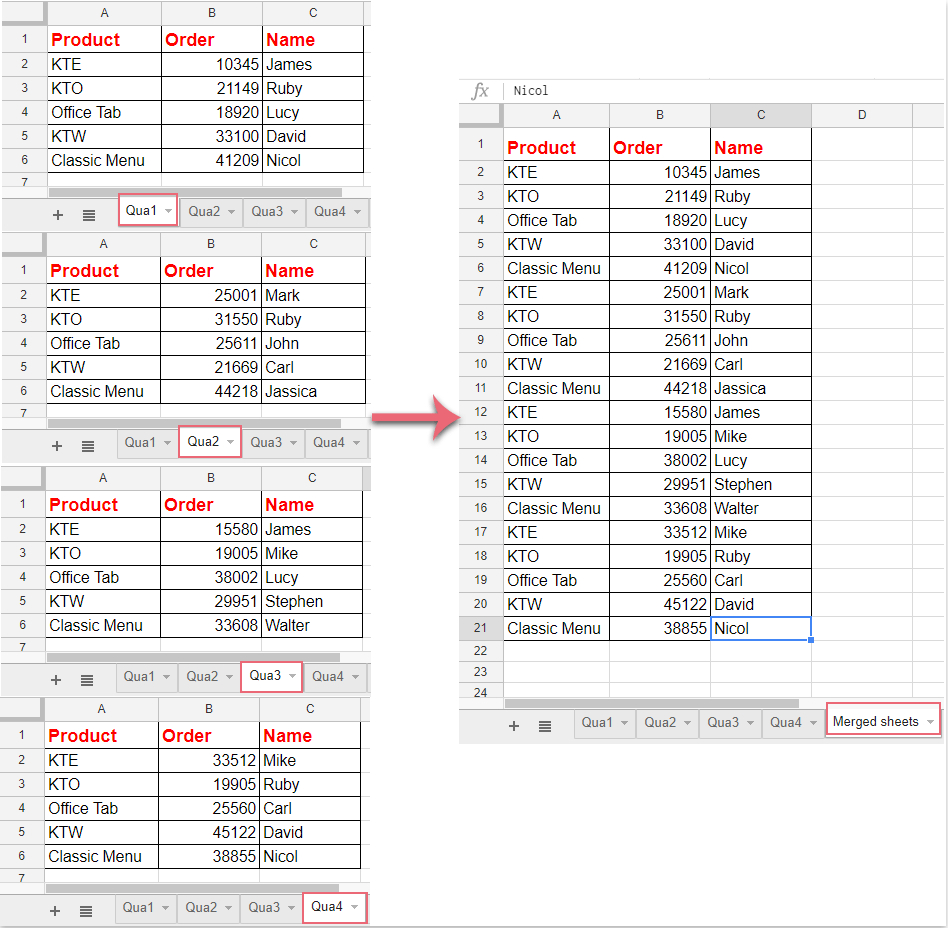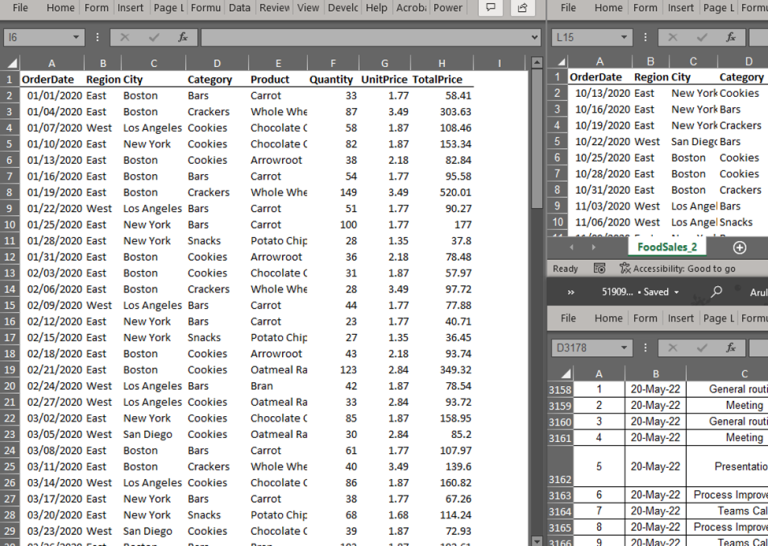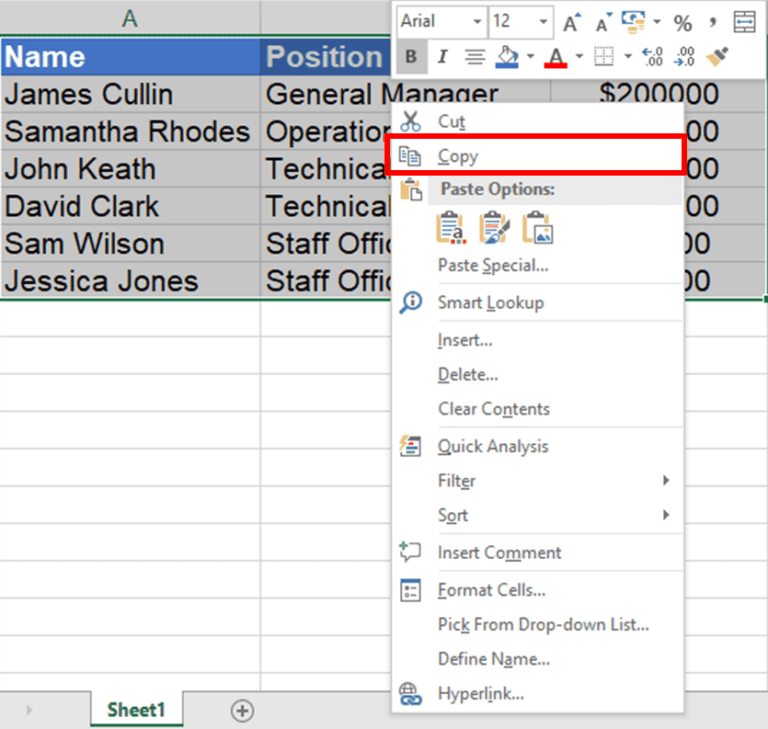New Hire Paperwork: The Essential I-9 Requirement

In the intricate world of employee onboarding, one document stands out as particularly essential: Form I-9. This form, provided by the U.S. Citizenship and Immigration Services (USCIS), is required to verify both the identity and employment authorization of individuals hired for employment in the United States. Ensuring compliance with Form I-9 is not just about meeting legal requirements; it's about safeguarding your company's integrity, protecting your employees, and preventing potential legal repercussions. Let's delve into understanding, completing, and effectively managing this critical document.
What is Form I-9?

Form I-9, officially known as “Employment Eligibility Verification,” is a document that employers must have for each person they hire for employment in the U.S. This form helps to confirm the employee’s identity and employment authorization. Here’s what makes it essential:
- Legal Requirement: Employers are legally required to use Form I-9 to verify the eligibility of new hires within the first three days of employment.
- Verification of Employment Eligibility: The form ensures that only individuals who are legally allowed to work in the United States are employed.

Completing Form I-9: A Step-by-Step Guide

Here is a detailed guide to completing Form I-9 correctly:
Section 1: Employee Information and Attestation

- Employee’s Name: First, Middle Initial, and Last Name.
- Other Names Used: Any other last names used by the employee (e.g., maiden name).
- Address and Contact Information: Full address, telephone number, etc.
- Attestation of Employment Authorization: The employee must certify their eligibility to work in the U.S.
- Preparer/Translator Certification: If the employee has someone else fill out Section 1, this must be noted here.
Section 2: Employer Review and Verification

- Documents Provided: Employees must provide one document from List A or a combination from Lists B and C that establishes identity and employment authorization.
- Document Review: Employers must review these documents in the employee’s physical presence to verify their authenticity.
- Employer Certification: After verifying the documents, the employer must complete Section 2 within three business days of the employee’s first day of work.
🔍 Note: Photocopies or scanned documents should not be accepted for Form I-9 verification. All documents must be reviewed in person.
Completing Additional Sections:

- Section 3: This section is used for rehires, reverification, and updates. Employers must complete this when necessary.
Common Mistakes to Avoid
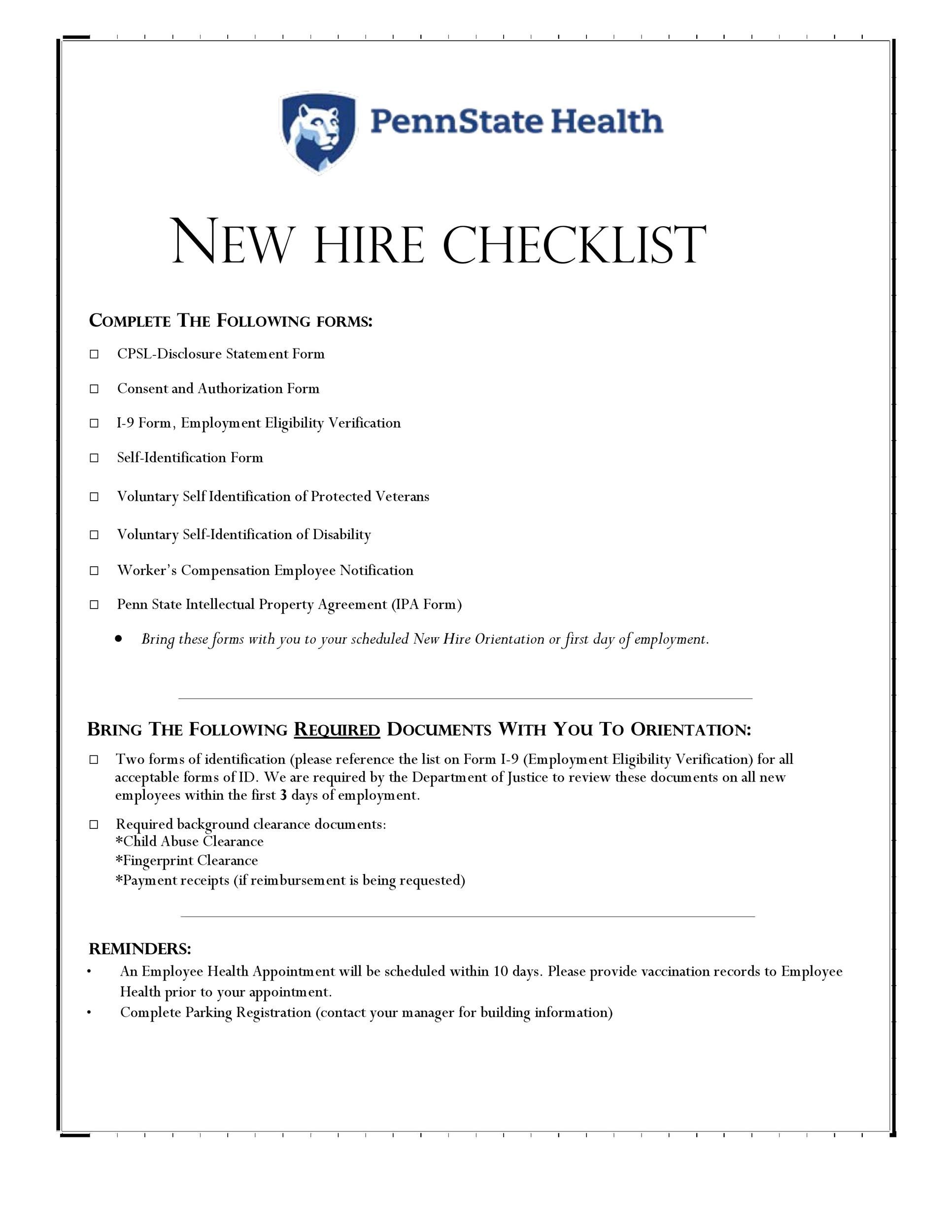
Here are some common errors to avoid when filling out Form I-9:
- Incomplete Forms: Ensure all fields are filled out. Missing information can lead to penalties.
- Accepting Incorrect Documents: Employers must accept only valid, unexpired documents listed in the form’s instructions.
- Failure to Timely Complete the Form: The form must be completed within three business days of the hire date.
- Not Storing Forms Properly: Physical copies must be retained for a specified period (longer for terminated employees).
Compliance and Audits

Here are key points to maintain compliance with I-9 regulations:
Retention of I-9 Forms

- Employers must retain Form I-9 for either three years after the date of hire or one year after the employee leaves employment, whichever is longer.
- These forms should be stored separately from other personnel records for easy access during audits.
Government Audits

- The Department of Homeland Security (DHS), USCIS, and other government agencies can conduct audits.
- Employers might receive a Notice of Inspection (NOI) with three days to prepare and submit the requested Forms I-9.
🗂️ Note: During an audit, employers might be required to produce additional documentation related to I-9 compliance.
| Audit Document | Description |
|---|---|
| I-9 Forms | Original, signed Form I-9 for each employee. |
| Employee Authorization Documents | Copies of the documents employees provided for verification. |
| Payroll Records | Records to show compliance with I-9's hiring timeline. |

Best Practices for I-9 Compliance

To ensure I-9 compliance, consider these best practices:
- Regular Training: Train HR staff and managers on I-9 completion and verification procedures.
- Consistent Policies: Develop uniform policies for document retention and disposal.
- Electronic Verification Systems: Explore electronic I-9 software to streamline the process while ensuring compliance.
- Self-Audits: Conduct internal audits to correct errors or missing information before a government audit occurs.
Understanding and managing Form I-9 is not just about regulatory adherence; it's a cornerstone of responsible business operations, fostering a fair and secure workplace. By staying informed about the nuances of Form I-9, from the verification process to retention requirements, companies can ensure compliance, avoid penalties, and maintain a workforce that respects legal boundaries and ethical standards. This approach ultimately safeguards your company's reputation and efficiency, making compliance not a burden but a beneficial practice in the dynamic world of business.
What happens if an employee cannot provide the required documents for Form I-9?

+
If an employee cannot provide the required documents, they have a grace period (usually three business days) to present them. If they still cannot provide the documents, the employee may not be legally able to work in the U.S., and termination might be necessary.
Can Form I-9 be completed electronically?
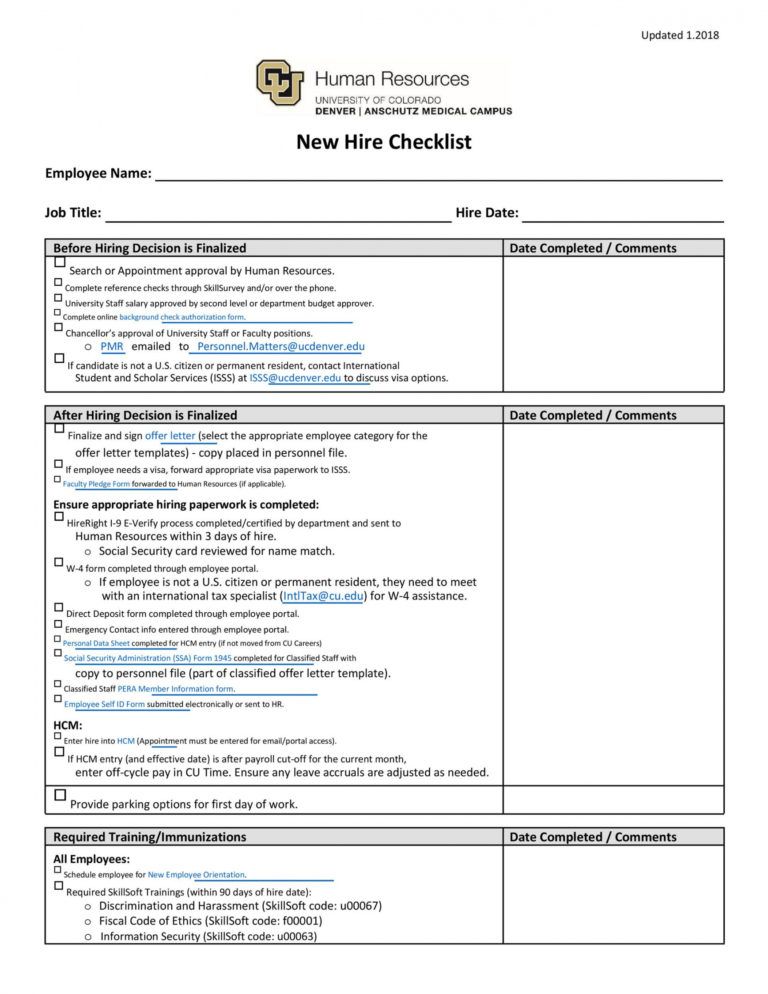
+
Yes, Form I-9 can be completed electronically using certain systems that meet specific USCIS criteria for security, storage, and retrieval. However, the documents still need to be reviewed in person.
What is the purpose of re-verification?

+
Re-verification is required when an employee’s employment authorization document has an expiration date, or when there is a change in their name or citizenship status.
